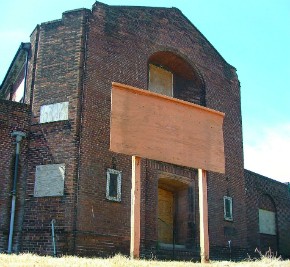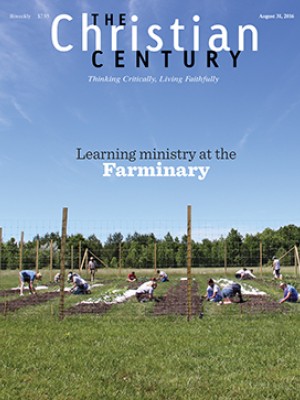Need thy neighbor
On an average day in America, ten churches permanently close their doors. The reasons for closure are often necessary, unavoidable, and even healthy. Rural communities dwindle in size. New traffic and mobility patterns leave once vital churches far off the beaten path. Massive capital expenditures overwhelm available resources. Small congregations struggle to afford a pastor. Sometimes a church will shutter its ministry when an exciting new start-up mission opens nearby.
Often, however, churches close simply because someone missed a window of opportunity years before. Past leadership lacked the will or the nimbleness to flex with changing neighborhood demographics. Nobody put up a basketball hoop that could have formed a beautiful bridge between the congregation and its neighbors. Hosting after-school programs and ESL classes never figured into the church board’s imagination. Creative partnerships with area agencies or businesses went unexplored. Sadly, the nature of some of these opportunities is that they’re fleeting; once we’ve missed them, they’re gone, never to return.
Read our latest issue or browse back issues.
In “What Mary saw at Cana,” Michael J. Buckley, SJ, argues that Christians and their faith communities unconsciously alienate themselves from the social needs and poverty of people outside their walls. In John 2, Mary tells Jesus that the wedding guests are without wine. In a fascinating interpretation of Jesus’ response —“What concern is that to you and to me?”—Buckley proposes that Jesus is really asking how the needs of others affect us. To paraphrase: How are we involved in the circumstances of these people? Does their plight impinge on our lives or force an examination of our consciences?
Buckley wonders if local churches are among those institutions of power and influence that have become “strangers to the massive social inequity and outrageous poverty and humiliation of so many.”
As I drive past boarded-up churches in cities that I frequent, I become more and more convinced that many congregations could afford to revisit their neighbor ethic. It’s not that we fail to notice the neighbors who live around our churches; it’s just that we don’t believe we need them. We consider them superfluous to our happiness and inconsequential to our faith. They don’t fit the plan for what’s going on inside our building. And though these neighbors may live just down the block, they don’t tug at our interests if their daily circumstances are too distant from our own.
“Love your neighbor” is not a metaphor. It’s a commandment to love the next person we encounter as much as, and as well as, we happen to love ourselves. This can be a tall order for congregations more accustomed to fussing over interior traditions than knowing the lives of people across the street.
Taped to my office bookshelf is a postcard with a William Blake poem: “I sought my soul, but my soul I could not see; I sought my God, but my God eluded me; I sought my neighbor, and I found all three.” Plenty of congregations impressively pursue the first two quests. It’s the third one that hangs them up.
Reluctance to engage the third pursuit is why a friend of mine believes every congregation ought to own an 11-foot pole—a pole that would help the church deal with all the neighbors it won’t touch with a ten-foot pole.








